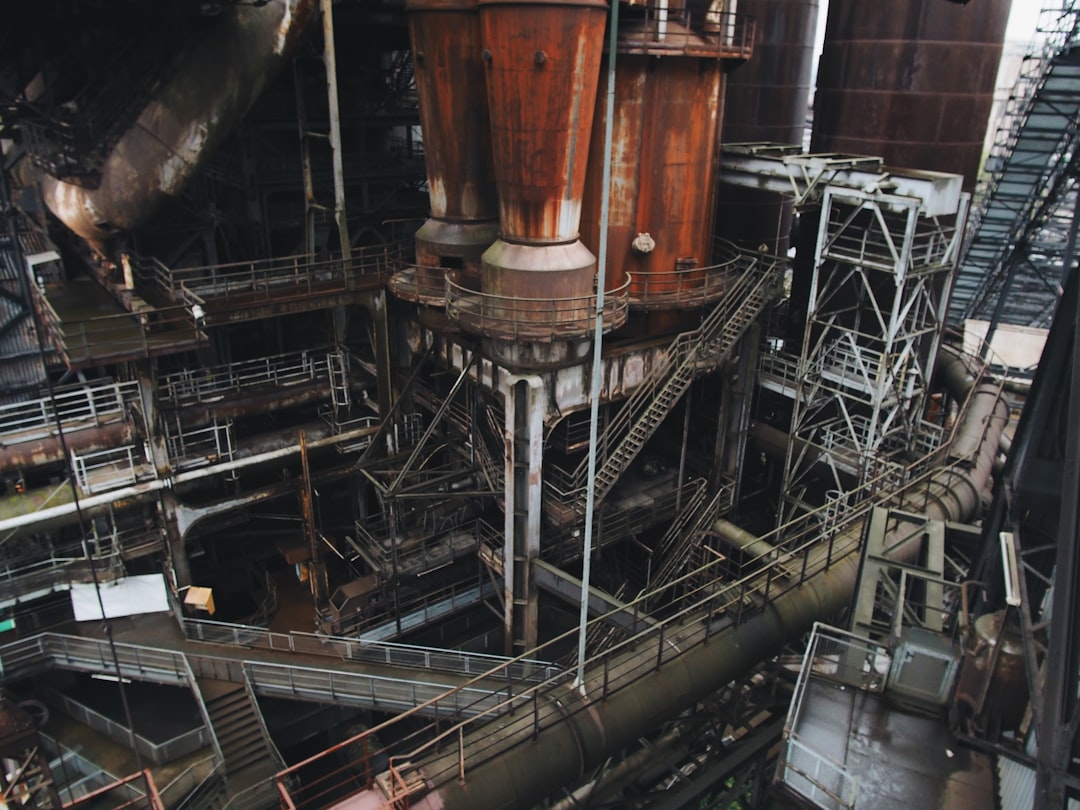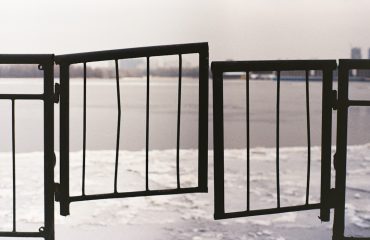body { font-family: sans-serif; line-height: 1.6; }
h1, h2, h3 { color: #333; }
img { max-width: 100%; height: auto; }
Industrial machinery relies heavily on a complex network of pipes to transport fluids, gases, and slurries. These seemingly simple components are critical for the efficient and safe operation of countless processes across various industries. From transporting high-pressure steam in power plants to delivering crucial chemicals in manufacturing, the role of piping is paramount. This comprehensive guide delves into the multifaceted world of pipe usage in industrial machinery, exploring its various aspects and crucial considerations.
Types of Pipes Used in Industrial Machinery
The choice of pipe material depends heavily on the application. Different fluids and pressures demand different properties. Common types include:
- Steel Pipes: The workhorse of industrial piping, offering high strength, durability, and resistance to high pressures and temperatures. Carbon steel, stainless steel (various grades like 304 and 316), and alloy steel are frequently used depending on the corrosive nature of the transported medium.
- Plastic Pipes (PVC, CPVC, HDPE): Lighter and often more cost-effective than metal pipes, these are suitable for applications involving less demanding pressures and temperatures. They offer excellent corrosion resistance, making them ideal for handling chemicals.
- Copper Pipes: Known for their excellent corrosion resistance and thermal conductivity, copper pipes are often used in applications requiring heat transfer, such as HVAC systems.
- Cast Iron Pipes: While less common in modern industrial settings due to their weight and susceptibility to corrosion, cast iron pipes are still found in older infrastructure and specialized applications.
- Ductile Iron Pipes: A more modern alternative to cast iron, offering improved strength and ductility, making them suitable for higher pressures.
Material Selection and its Impact on Performance
Selecting the right pipe material is crucial for ensuring the longevity and safety of the system. Factors to consider include:
- Fluid Compatibility: The pipe material must be resistant to corrosion and degradation from the transported fluid. For example, stainless steel is preferred for corrosive chemicals, while HDPE might be suitable for less aggressive substances.
- Pressure and Temperature Ratings: Pipes are designed to withstand specific pressures and temperatures. Exceeding these limits can lead to catastrophic failure.
- Environmental Conditions: External factors like temperature fluctuations, UV radiation, and soil conditions can affect the pipe’s lifespan. Materials resistant to these factors should be chosen accordingly.
- Cost: The initial cost of the pipe material should be balanced against its long-term performance and maintenance requirements.
Pipe Fittings and Connections in Industrial Systems
Pipes rarely run in straight lines. Fittings are essential components that allow for changes in direction, size, and branching. Common fittings include:
- Elbows: Change the direction of the pipe flow.
- Tees: Allow for branching connections.
- Reducers/Enlargers: Change the diameter of the pipe.
- Flanges: Provide a robust connection between pipes and equipment.
- Valves: Control the flow of fluids and gases.
Connection methods vary depending on the pipe material and application. Welding, threading, flanging, and solvent welding are common techniques.
Safety Considerations and Regulations
Industrial piping systems operate under potentially hazardous conditions. Safety is paramount and requires adherence to strict regulations and best practices. Key aspects include:
- Pressure Testing: New and repaired piping systems must undergo rigorous pressure testing to ensure they can withstand the intended operating pressures.
- Leak Detection and Prevention: Regular inspections and maintenance are crucial for identifying and addressing leaks promptly, preventing accidents and environmental damage.
- Proper Support and Anchoring: Pipes need to be properly supported and anchored to prevent sagging, vibrations, and potential damage.
- Emergency Shutdown Systems: Systems should be equipped with emergency shutdown valves to quickly isolate sections of the pipeline in case of leaks or other emergencies.
- Compliance with Industry Standards: Adherence to relevant codes and standards (e.g., ASME B31.1, ASME B31.3) is crucial for ensuring safety and compliance.
Maintenance and Inspection of Industrial Piping Systems
Regular maintenance and inspection are critical for the long-term reliability and safety of industrial piping systems. A comprehensive maintenance program should include:
- Visual Inspections: Regular visual checks for corrosion, leaks, damage, and proper support.
- Non-Destructive Testing (NDT): Techniques like ultrasonic testing and radiographic testing can detect internal flaws without damaging the pipe.
- Pressure Testing: Periodic pressure tests to verify the integrity of the system.
- Cleaning and Flushing: Regular cleaning and flushing can remove deposits and prevent blockages.
- Record Keeping: Maintaining detailed records of inspections, maintenance activities, and repairs is essential for tracking the system’s health and ensuring compliance.
In conclusion, the seemingly simple pipe plays a vital role in the complex world of industrial machinery. Understanding the various types, materials, safety considerations, and maintenance practices related to industrial piping is crucial for ensuring efficient, reliable, and safe operation across a wide range of industries.
Tags: Industrial Piping, Pipe Materials, Industrial Machinery, Piping Systems, Pipe Maintenance




